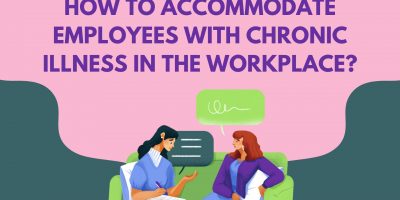
Is a Personalized Health Check-Up Plan the Key to Men’s Health?
Exacerbated by societal expectations and stereotypes, the silent threats to men’s health persist, leading to higher rates of mortality and morbidity in this gender. Can personalized preventative care change this?





